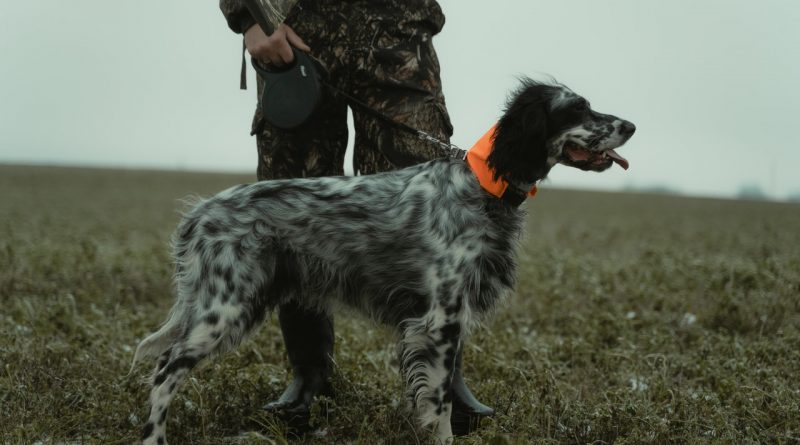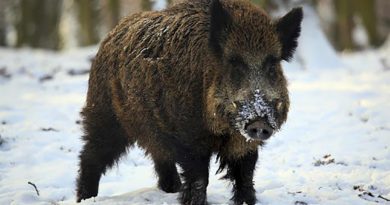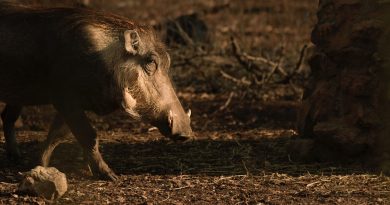Coyote Hunting with Dogs – A Guide
Coyotes are a nuisance in America, and if there’s any stronger word I could use, I would’ve. Several poultry farmers and homeowners have lost multiple cows, goats, birds, and the like to coyotes.
And that’s just the tip of it – coyotes also cause significant harm to vulnerable humans. These dogs move in packs, which could sometimes grow from 3 – 12 coyotes. One pack in your farm or backyard could cause lots of damage.
That’s why in most states across the US, almost nothing is considered barely legal for culling coyote populations. Most hunters prefer going it alone against these animals, while others prefer dogs on their hunt.
In this guide, we’ll be taking a close look at coyote hunting with dogs in tow. Essential info in this piece will help you get more from your hunt when your canines enter the field with you.
Coyote Hunting with Dogs
Here are the steps to follow when you want an active, efficient canine for your coyote-hunting adventures:
Step 1: Basic Training
One thing is certain – a dog without obedience is useless on any hunt.
Dogs should find obeying commands easy, as it makes them safer out in open ground than an uneducated canine. Also, obedient dogs make the chances of your hunt being successful a lot higher.
Before thinking about taking your dog on a coyote hunt, it has to possess basic capacities to obey commands first.
When you’ve succeeded in training your dog to sit, heel, and everything else, you can progress to advanced hunting commands.
If you don’t have an idea what works when training your dog in basic obedience, sign it up for classes. Through these classes, your pup will master the right commands needed to graduate to field training.
Step 2: First Time Out
Most first-time hunters with dogs on a coyote hunt make mistakes from the get-go.
When you’re taking your dog out for coyote hunting the first time, it’s not supposed to do anything.
Get your canine tied at an angle where he’s safe from the coyote attack and blasts from your rifle. Protecting your dog’s hearing is essential, so you could consider earplugs for dogs to secure their eardrums.
As the hunt begins, your dog should be able to see everything from your calling coyotes to your killing shot.
After downing the coyote, you can release your canine to get a closer look at your confirmed hit.
Step 3: Leverage a Signaled Collar
Signaled collars are ideal for bringing your dogs in during a coyote hunt, particularly if you’re hunting at long distances.
With these collars, you can get your dog to return as a decoy or keep it safe from coyote attacks.
Step 4: Associating Signs
Not every hunter likes using space-age gear for hunting coyotes. So, what happens to an old-fashioned hunter with a collarless dog?
Most old-school hunters practice calling signs more than usual to get their dogs up to speed on instant commands.
The best dog for coyote hunting should respond correctly to your calling signs during a hunt. Most importantly, your canine should know when it’s been called to retreat to your position.
Step 5: Practice Quick Returns
What if your chosen collar malfunctions and there’s no way to signal your canine to return? It’s important to create a calling sign your dog recognizes in an instant as a return signal.
Step 6: Bringing in Downed Coyotes
After shooting down your first coyote, try not to drag it in yourself if a dog’s with you. Get a hunting pal to drag the coyote in after the first kill. Then when this pal is a few yards out, signal your dog to bring in the kill.
Make sure your dog sees the person dragging your coyote in before you give commands.
Step 7: Small Coyotes for Practice
If you’re sure you’ve hurt a coyote your dog can take on, let it loose to drag it in. But if you’ve hurt an alpha male, consider keeping your dog away until you’ve made a second shot.
Step 8: Learning Multiple Terrains
Chances are high of your dog getting confused about how to bring coyotes in when the terrain’s changed. That’s why it helps a great deal to train your dog to master several terrains before letting loose.
How to Train Coyote Hunting Dogs
After basic training, your dog should have the capacity to hone its chasing skills.
Snakes, porcupines, and all other animals you don’t want will be running through that field. So, it’s more effective to introduce your dog to prey it shouldn’t chase and correct it quickly. When you’re confident it chases only what you want it to, then you can let it loose on the field.




